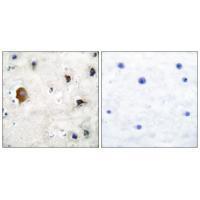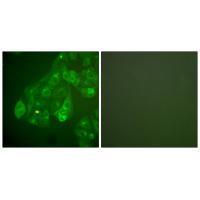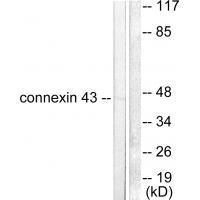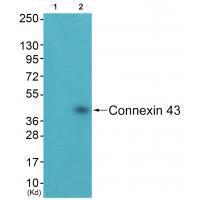Gap junction protein that acts as a regulator of bladder capacity. A gap junction consists of a cluster of closely packed pairs of transmembrane channels, the connexons, through which materials of low MW diffuse from one cell to a neighboring cell. May play a critical role in the physiology of hearing by participating in the recycling of potassium to the cochlear endolymph. Negative regulator of bladder functional capacity: acts by enhancing intercellular electrical and chemical transmission, thus sensitizing bladder muscles to cholinergic neural stimuli and causing them to contract By similarity.
Toshihiko Toyofuku, J. Biol. Chem., May 1998; 273: 12725.
Toshihiko Toyofuku, J. Biol. Chem., Jan 1998; 273: 1519.
Masayuki Shimada, Biol Reprod, Apr 2001; 64: 1255.
Merry L. Lindsey, Circulation, Jun 2006; 113: 2919 - 2928.




